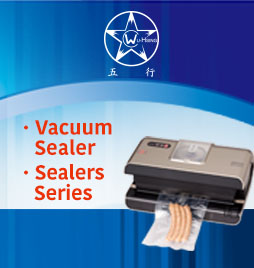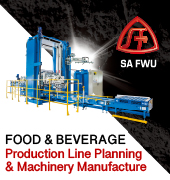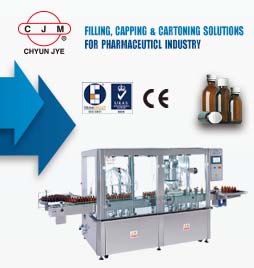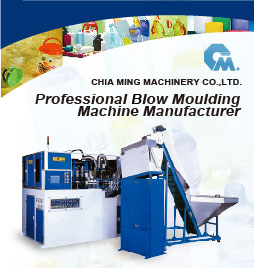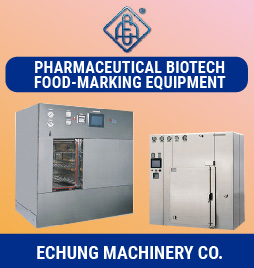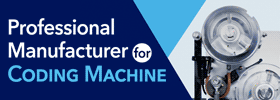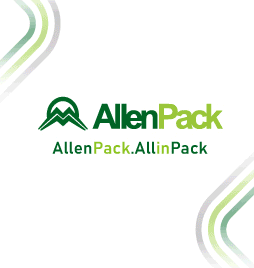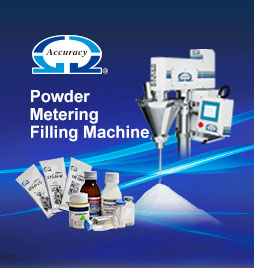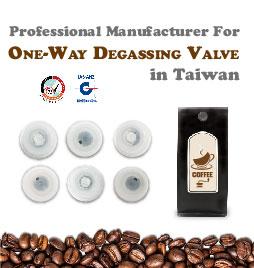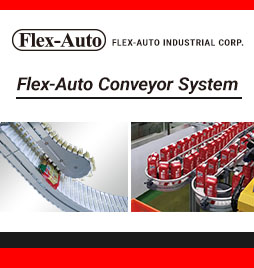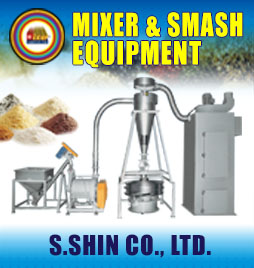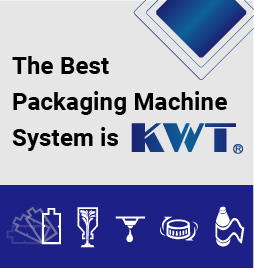Tips for processing machinery FOR FRENCH FRIES

Ensuring efficiency in the management, the filtration and selection of oil has become one of the main priorities for potato fries manufacturers looking to create products with a good flavor, desirable color and texture, and with nutritional and attractive appeal. -Arnaud Jansse
* Food Technologist at Florigo (of Ina).
Oil is one of the fundamental ingredients in any production line of potato fries. As a heat transfer agent during the frying process, it gives the potatoes a unique flavor and texture. However, as the concern for well-being increases, consumers are increasingly aware of the importance of health and are increasingly informed about what is in the food they eat and how it is made.
As a result, many potato fries manufacturers are analyzing their processing methods to ensure that their products meet consumer preferences. In turn, others are looking for new ingredients, such as different types of cooking oils, with the idea of diversifying their range of products and meet the demands of consumers who wish healthier alternatives.
Using a management, the right filtration and sanitation practices as well as choosing a frying oil of high quality can help manufacturers to make the potato fries which consumers want.
-Understanding the degradation of oil-
The quality of oil is intrinsic to the elaboration of healthy snacks of high quality. However, when frying potato products, cooking oil can degrade rapidly due to several factors: the type of oil, the temperature and the method of preparation. This not only reduces the quality of the oil, but also interrupts the efficiency of cooking can make it difficult to clean the fryer and compromises the quality of the product. Frying with degraded oil can trigger serious side effects to health due to high levels of fatty acids, oxidized lipids and acrylamide in the product.
In most frying operations, the oil acid will increase to an unacceptable level if the total volume of oil in the system cannot be rotated within a certain time. The rotation occurs when the products capture oil passing through the fryer. According to the physical characteristics, most of the products absorb oil in the first stages of frying, which reduces the optimum levels of oil. Slices and potatoes, for example, can absorb between 24% and 40% of the oil. This is why new oil is needed to bring the new ones to 100% and thus ensure that the product is made with the freshest possible oil for optimum quality.
The rotation of oil is directly affected by its quality, since some oils are less resistant to heat than others. Sunflower oil, for example, is much less resistant in the heating stage than coconut oil. An oil that is more resistant to heat will have a greater rotation than that which is less stable. For this reason, selecting the right type of oil has become a matter of utmost importance to potato fries manufacturers who seek to maintain the integrity of the oil for longer.
At the same time, the accumulation of residues can also accelerate the degradation of cooking oil. This happens when small pieces of potato break off in the slices and burn and char in the fryer. As a result, the quality of the oil decreases, which can cause undesirable flavors, an uneven color and appearance.
-Choosing the right oil and process-
More and more manufacturers are looking for new ingredients as a possible solution to improve the quality and healthiness of their products, and this includes the type of cooking oil. From canola oil, sunflower and olive oil to coconut oil and corn oil, there is a great variety of options. While some oils are associated with health benefits, such as olive oil due to high levels of mono-unsaturated fatty acids, others, such as coconut oil, have different flavor profiles. As a result, the selection of oil is key when it comes to satisfying the constantly evolving demands of consumers.
Well-designed frying systems must address a number of needs, such as maintaining the integrity of oil. The most innovative frying technology incorporates continuous oil filtration systems, which help remove the particulate material left by the products when cooked. Normally, the oil passes through a filtering system to remove both large and thin particles. If these particles remain in the oil, they generate, in a continuous manner, polymers and other polar compounds that produce a bad taste in the product and also degrade the frying oil, which affects not only the organoleptic properties, but also the crunchy texture. The more effective and prompt the removal of particles, the better the quality of oil.
The filtered oil is mixed with fresh oil and then pumped back to the machine to achieve optimum oil levels. Repeated oil refilling helps mitigate the generation of free fatty acids as well as other polar compounds and help to ensure that potatoes are fried in the freshest oil and with the best possible quality.
-Precise temperatura control-
Heating or frying the oil considerably increases its tendency to spoil. Consequently, it is one of the most important factors to guarantee the storage time. The higher the temperature, the faster the cooking oil will deteriorate. This is why it should never be heated above 205°C to prevent it from spoiling. In addition, frying at excessively high temperatures will cause the food to turn dark or charred on the outside before it is cooked properly inside. On the contrary, frying at too low temperatures will cause fatty foods that absorb too much fat.
An accurate temperature control is essential to guarantee the optimum quality of the product. This can be achieved using a thermostat or thermometer. Manufacturers must check this equipment frequently to obtain accuracy and need to regulate the oil temperature in the most thorough way possible. In line with the shift towards automation and labor-saving equipment, more manufacturers are implementing automatic control systems to regulate it, without the need of human intervention. For example, if the temperature of the fryer decreases too much, the system normalizes it automatically to ensure that the oil returns to the optimum temperature as quickly as possible. Reaching the correct balance in terms of temperature, ultimately, helps producers with the development of a more stable end product, and in turn it reduces the waste of products that do not meet the required level.
-Achieving the highest hygiene standards-
There is an increasing pressure for potato fries manufacturers to prevent food contamination, as contaminated raw materials and cross-contamination during the processing are common sources of food-borne illness. The hygienic design of machinery and equipment is the basis of safe food processing that ensures that all parts that come in contact with food are free from accumulation, especially oil and grease. If accumulation is allowed, there is a greater possibility that the waste and dirt of the food adhere to the surfaces and mechanical joints, which compromises the integrity of the oil. This in turn contributes to the development of bacteria and other microbes.
Therefore, the cleaning and frequent maintenance of the system is vital to guarantee hygienic standards and the highest safety standards. Good frying systems are designed in such a way that the water or cleaning fluids drain outwards, following the same path as the oil, leaving no areas intact. The removal of water from the fryer is essential for the integrity of the oil as well as for the safety of the user. By specifying easy clean-up systems from leading suppliers, food processors can significantly reduce the risk of bacterial growth with cross-contamination as well as maintain high levels of quality. In addition, a design with smooth surfaces, with no blind spots or areas with corners, where residual oil can accumulate and thus which helps manufacturers comply with food standards that are increasingly stringent, is desirable.

